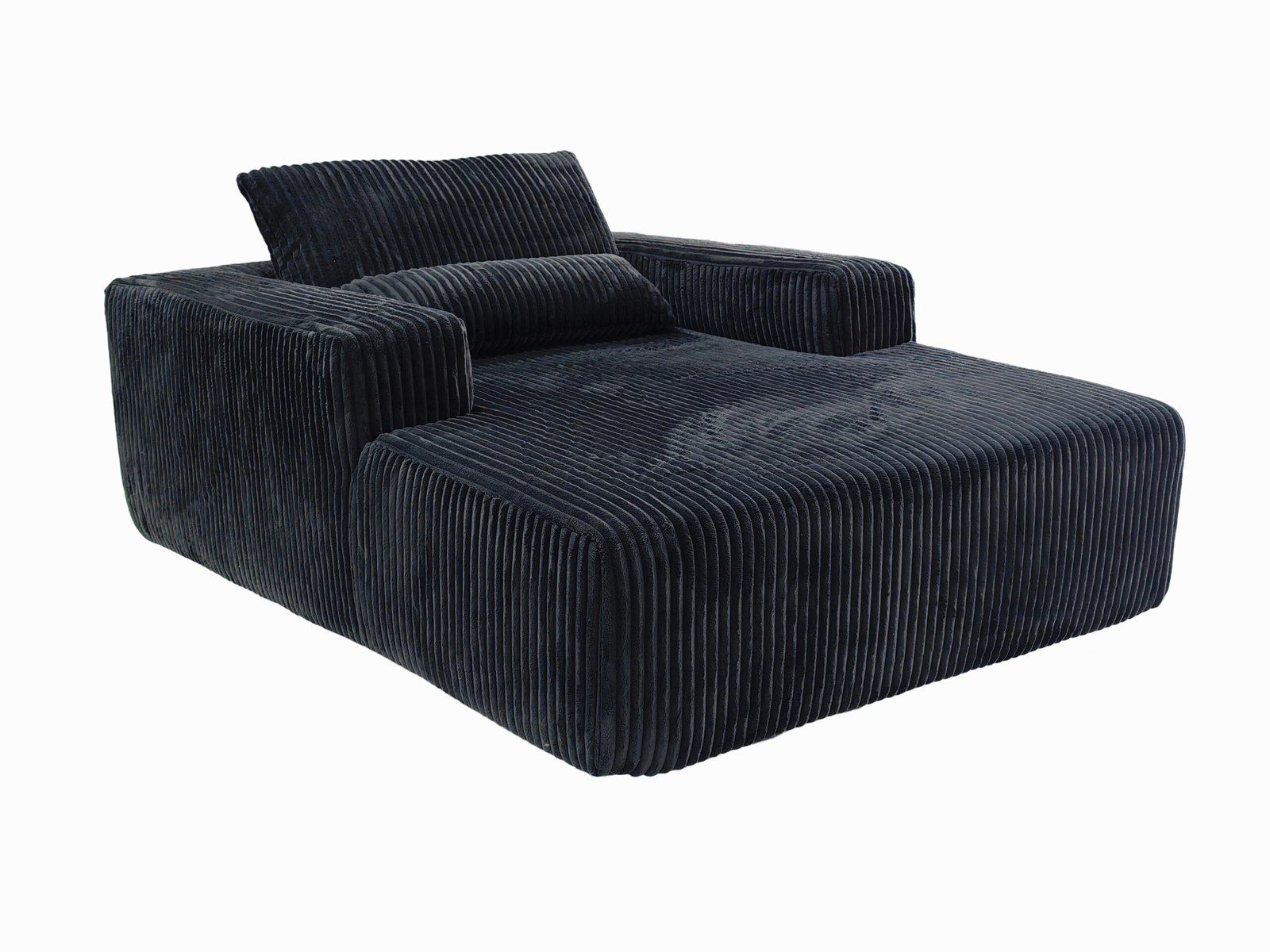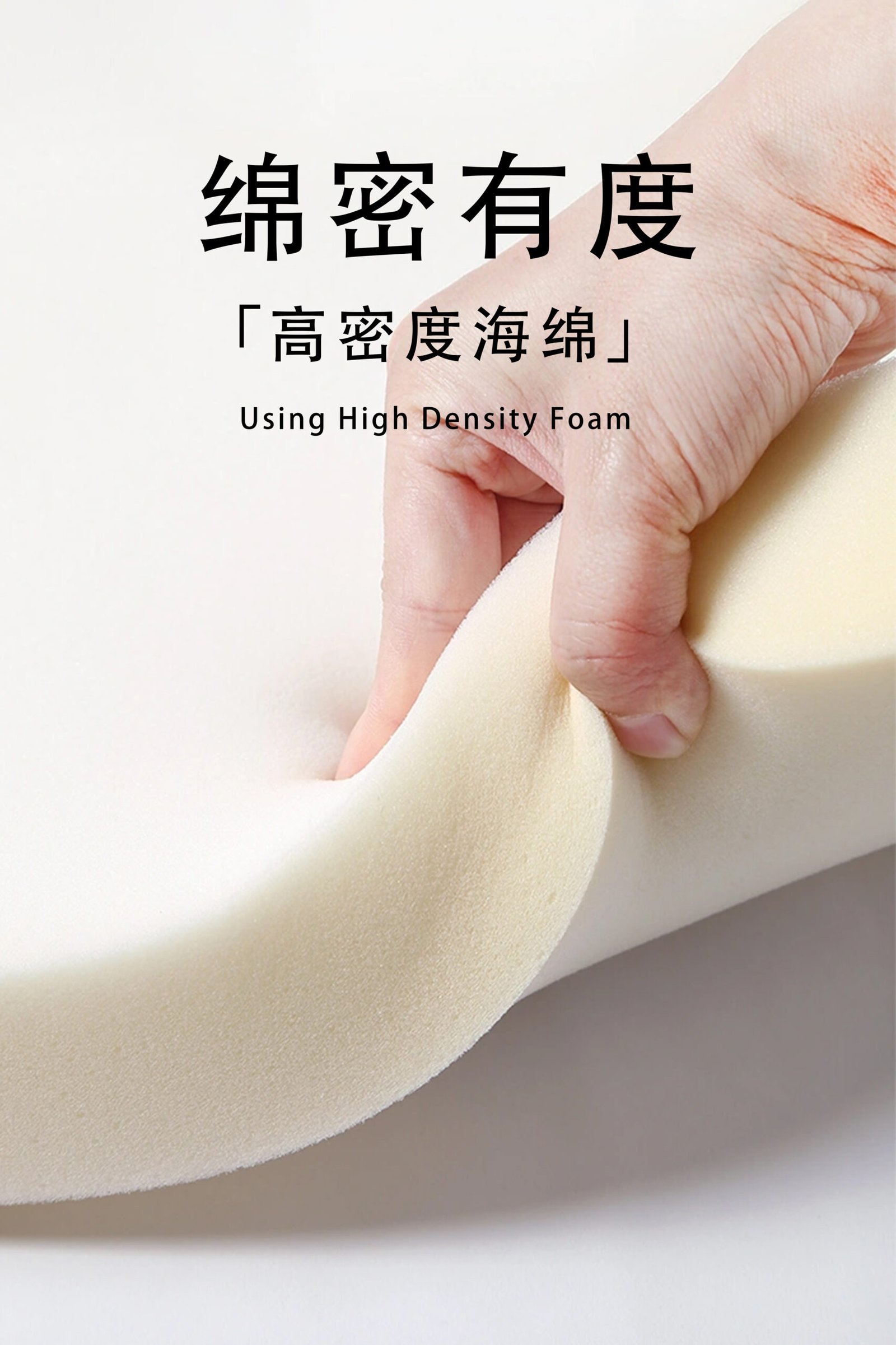
Compressed sofas are game-changers for space-saving and modern comfort—but cleaning them isn’t as simple as wiping down a regular couch.
The best cleaning agents for compressed sofas are those that clean deeply, dry quickly, and preserve the foam’s elasticity and breathability.
Many people damage their sofas with the wrong cleaner. Here’s how I’ve learned to choose and use the right one for each material.
Why do compressed sofas need specific cleaning agents?

Compressed sofas are made from high-density foam, memory foam, or latex—materials that absorb liquids and degrade under harsh chemicals.
Using standard cleaners can clog the pores of the foam, reduce its rebound function, or leave chemical residues that irritate skin.
These materials require breathable, non-toxic, and low-moisture cleaners. I made that mistake once—used a generic spray and my sofa never felt the same again.
Foam reacts differently than fabric:
| Material Type | Problem with Harsh Cleaners | Ideal Cleaner Type |
|---|---|---|
| Memory Foam | Loses shape, becomes soggy | Alcohol-based or dry foam |
| High-Density Foam | Absorbs moisture, molds easily | Low-moisture fabric cleaner |
| Fabric Covers | Fades, stiffens | pH-neutral upholstery cleaner |
What commercial cleaners work best?

There are a few commercial products I keep around for compressed sofa cleaning.
Look for upholstery cleaners labeled “foam-safe” or “no-rinse” to minimize moisture impact on the core foam.
My recommended commercial options:
- Woolite Upholstery & Carpet Foam – gentle and no rinsing needed
- Bissell Fabric & Upholstery Cleaner – for stain-specific treatment
- Capture Carpet & Rug Dry Cleaner – powder-type, perfect for moisture-sensitive cushions
- Scotchgard Fabric Cleaner – light-duty and leaves a fresh scent
Always test a small hidden area first. Even safe cleaners may react badly with dyed fabrics or fire-retardant finishes.
Can I use natural cleaning agents?

Yes—natural agents like vinegar, baking soda, or lemon juice are surprisingly effective and safe for compressed sofa fabrics.
The key is dilution and minimal saturation. Natural agents clean gently without damaging foam memory structure.
Natural solutions that worked for me:
| Natural Agent | Use Case | How to Apply |
|---|---|---|
| Vinegar + Water | Disinfecting + odor removal | Spray lightly (1:3 ratio), blot with towel |
| Baking Soda | Deodorizing + stain lifting | Sprinkle, wait 2 hours, vacuum clean |
| Lemon Juice | Surface stain treatment | Mix with water (1:5), dab with sponge |
Natural methods are perfect for weekly refreshes or small spills. For deep stains, combine vinegar with a fabric-safe detergent.
When should I avoid certain cleaning agents?

Not all cleaners are sofa-safe. Many products, even those marked “general upholstery,” can ruin your sofa’s compression quality.
Avoid any cleaner with chlorine bleach, ammonia, or heavy surfactants. These damage both foam cell structure and fabric coatings.
Here’s what I avoid:
- Bleach (discolors and breaks down fibers)
- All-purpose sprays (contain silicone or oils)
- Heavy-duty carpet shampoos (too moist, need rinsing)
- Soaking methods (saturates the foam—bad news)
One client tried steam cleaning their foam cushion... it warped permanently.
How do I choose the right cleaning agent for my sofa?

Start with the manufacturer’s tag. Look for codes like “W”, “S”, “WS”, or “X”—they tell you what cleaning methods are safe.
Cleaning Code Chart:
| Code | Meaning | Recommended Agent Type |
|---|---|---|
| W | Water-based only | Foam sprays, diluted detergent |
| S | Solvent-based only | Dry cleaners, alcohol sprays |
| WS | Water or solvent | Any light-duty upholstery cleaner |
| X | Vacuum only | No liquid—dry brush or professional only |
When in doubt, stick to upholstery foam cleaner and dry cloths. I keep both in my supply drawer at all times.
Conclusion
Cleaning compressed sofas isn’t hard—but using the wrong agent can be. Stick with breathable, low-moisture products that protect the foam’s bounce and the fabric’s look.
📞 Need Cleaning Help or Sofa Advice? Contact us:
- Website: www.compressedsofahsm.com
- Phone: +86 18025958116
- Email: qilinmattress@gmail.com